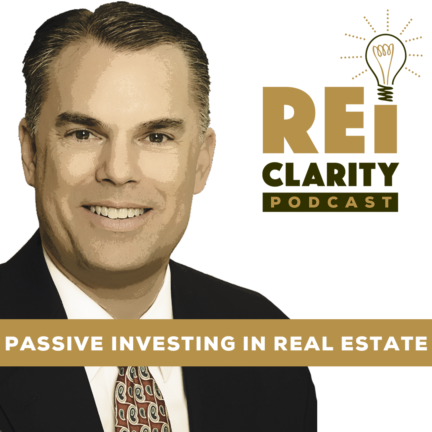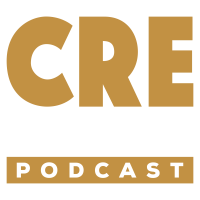
Our guest today is Brian Burke, a passive real estate investor, author, and public speaker. In this episode, we focus on limited partner investing by talking about how to find a good deal, what to look out for in sponsors, and how to take numbers and turn them into stories. If you want to know how to make better decisions as a passive investor, this episode is for you!
Learn more about Brian and his journey at reiclarity.com!
“Real estate syndication is basically a group of people getting together for a common purpose that’s led by one individual, company, or organization.”
06:37
Brian has been a passive real estate investor for over 30 years. At the beginning of the show, he talks about the basics of real estate syndication and passive investing.
According to Brian, a good passive investor is someone who has investment goals that align with the business plan of the investment. Passive investing works best for high net worth individuals who plan long-term. Brian suggests diversifying your asset groups and asset classes as well.
The 2 ways to become an accredited investor:
- Have a $1M net worth that doesn’t include the equity in your home.
- Make more than $200k of annual income in the most recent 2 year period or $300k for married couples.
“You don’t want to find deals to invest in. What you want to find are sponsors to invest with.”
18:14
Brian explains that the first thing to look at in a syndication is the sponsor who brings the opportunity. Look into how they underwrite, how they approach deals, and what their thought process looks like.
For people who want to become sponsors, Brian suggests building trust. In the beginning, this can be established by working with people they personally know, like friends and family, or by connecting with experienced sponsors and becoming a part of a team.
The key indicators to determine if the deal is good or not:
- Location: Select markets where people are moving in rather than moving away.
- The condition of the unit: Look into opportunities to make improvements and create an immediate value.
- Underwriting: Check if the sponsor’s underwriting is achievable or not.
“It’s all about the story that the numbers are telling and which stories are a fit to your individual needs.”
38:57
The 3 main performance indicators to think about when looking at a deal:
- The internal rate of return: This is an estimate of the value the property generates during the time frame in which you own it.
- The cash on cash return: It is the ratio of annual before-tax cash flow to the total amount of cash invested, expressed as a percentage.
- The equity multiple: It calculates the expected or achieved total return on an initial investment.
No one indicator is more important than the other. It all depends on the individual investor’s goals.
Mentioned in the show:
- https://praxcap.com/
- Brian Burke – The Hands-Off Investor
- His LinkedIn
- https://www.diaryofanapartmentinvestor.com/
- www.shineinsurance.com/reiclarity
- The REI Clarity Framework
Learn how to grow your portfolio and reach incredible success the right way! Visit us here for everything you need to know: www.shineinsurance.com/reiclarity.
Special thanks to Brian Burke for taking the time to share so many great insights with us
If you enjoyed this podcast, there’s a couple of things we need you to do right now:
- SUBSCRIBE to REI Clarity on Apple Podcast, Spotify, or wherever you listen to podcasts
- While your there, please RATE & REVIEW the show
- SHARE with friends
- Finally, please, JOIN the REI Clarity Facebook Group
Then, please share the show with whoever you think it will inspire.
Until the next time, We truly appreciate you listening.
Need the REI Insurance Guy?

More great stories & information at:
Youtube – Blog – Podcast
Show produced by Eni Horvath

